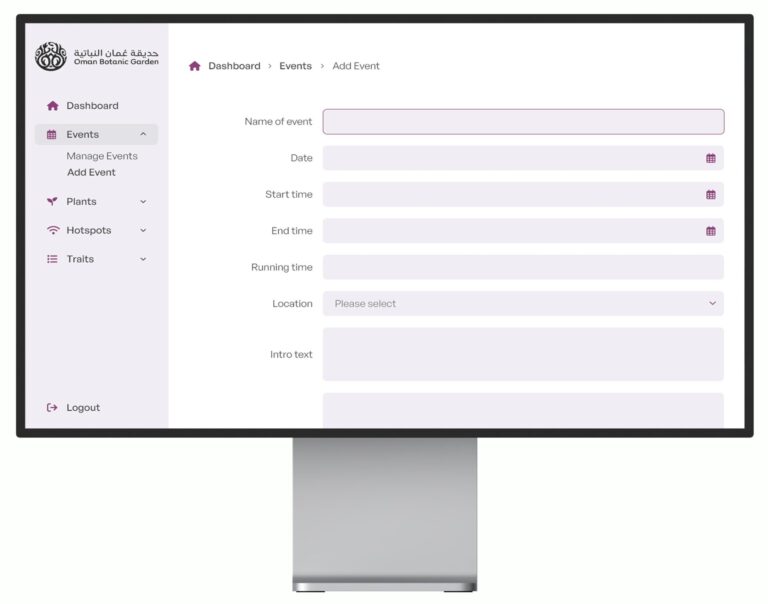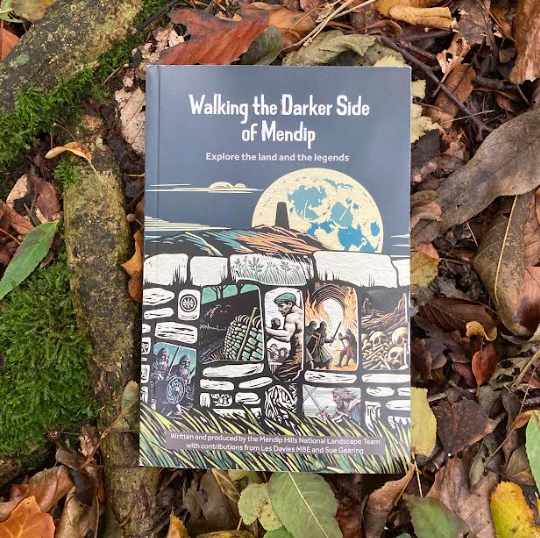As you might expect on a busy established news site, there were lots of technical considerations to think about when it came to making it multilingual, such as whether admins should approve the translated versions before they were published, and whether admins should be able to turn off certain translated versions if they didn’t seem to work out quite right in the hands of ChatGPT. Also as soon as you start translating articles, you need to consider how far you’ll go with category pages and landing pages, and other items on the page around the article such as “comments” and “related articles”. We also needed to consider URL structures, along with how we’d handle links within articles and how we’d feed text which contained links through the ChatGPT API.
In a couple of weeks though, we got the articles translatingnto Spanish, with lots more languages added shortly afterwards in a Phase 2, with sitemaps and all the technical SEO updated accordingly so that Google knew what was going on and which articles were actually the same as each other, just translated.
There’s still a lot of debate in the online publishing world as to what Google thinks of AI generated content so whilst writing articles with AI is perhaps not a safe bet, the consensus is that using it as a tool for translation – where a human has still written the initial content – should be safe.
One thing the project did highlight to us though is the importance of a good prompt. We’ve always known AI is just a tool and as such is only as good as the person operating it – just like how Photoshop can do a lot in the hands of someone who knows how to use it, but you don’t get good results if you don’t know what you’re doing, ChatGPT is no different. But this project really highlighted that as when we first wrote a prompt – by which I mean the question you ask ChatGPT, e.g. “Please translate this article into Spanish”, sometimes it just wouldn’t return anything at all. (We didn’t actually just ask it “please translate this article into Spanish” – we worded things a bit more thoroughly than that.) So it took some fine tuning to find a way to ask a seemingly obvious question, using what we know about data models and AI personas, to get good results.
If you’ve got a translation project you’d like a hand with, and are considering using AI for it, then please do get in touch if you’d like a hand. We’ve also recently used Bablic for translations, as well as WPML on WordPress.



